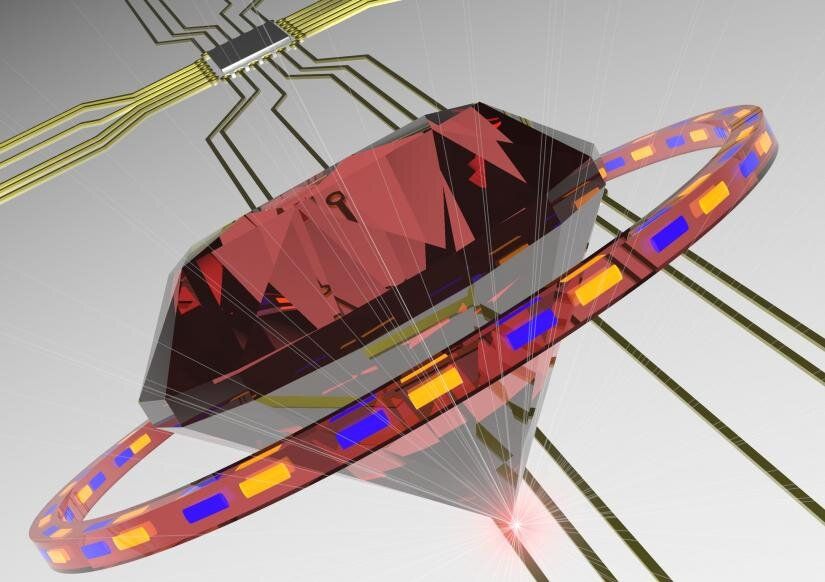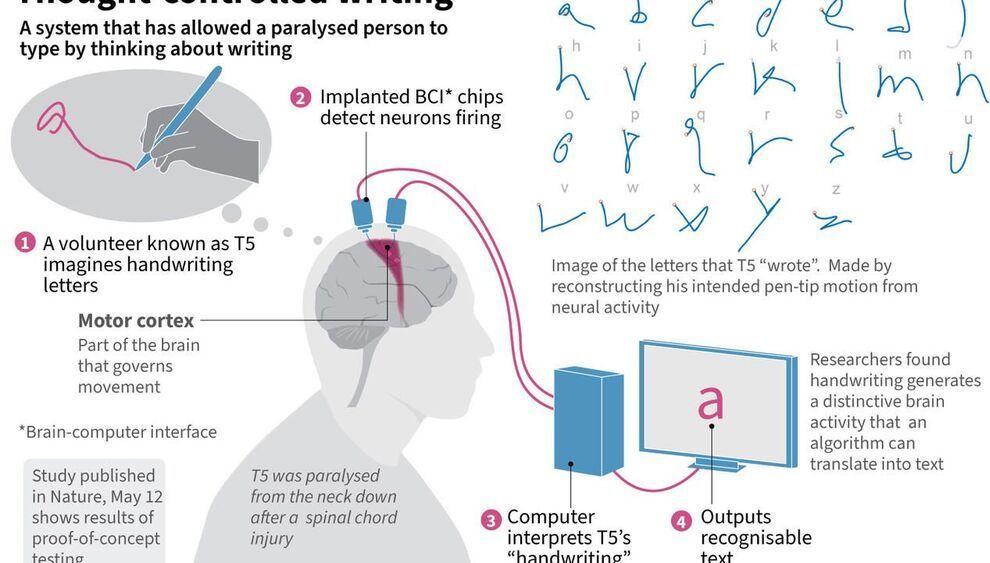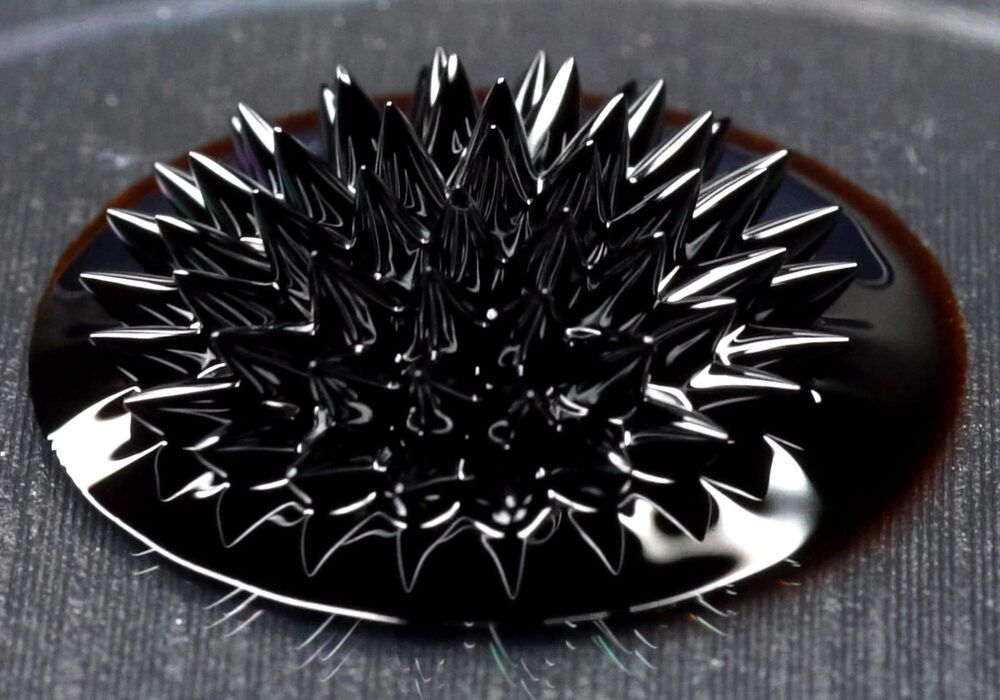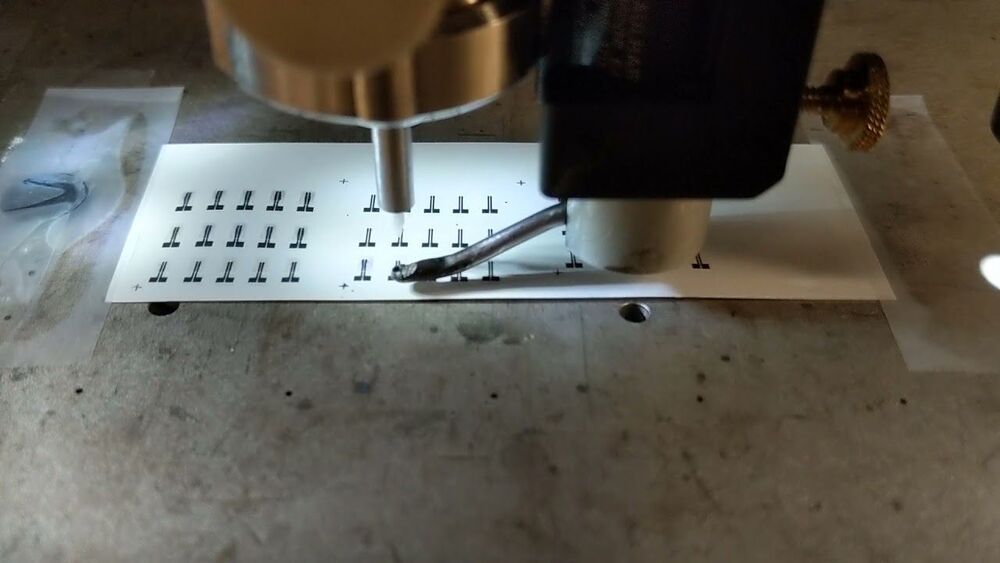May 18, 2021
Google Keynote (Google I/O ‘21)
Posted by Quinn Sena in categories: health, mobile phones, sustainability
Tune in to find out about how we’re furthering our mission to organize the world’s information and make it universally accessible and useful.
0:00 Opening Film.
1:26 Introduction, Sundar Pichai.
7:07 Workspace.
34:54 Safer With Google.
43:00 Helpful Information.
1:13:30 Design + Android.
1:41:29 Health.
1:50:43 Sustainability.















